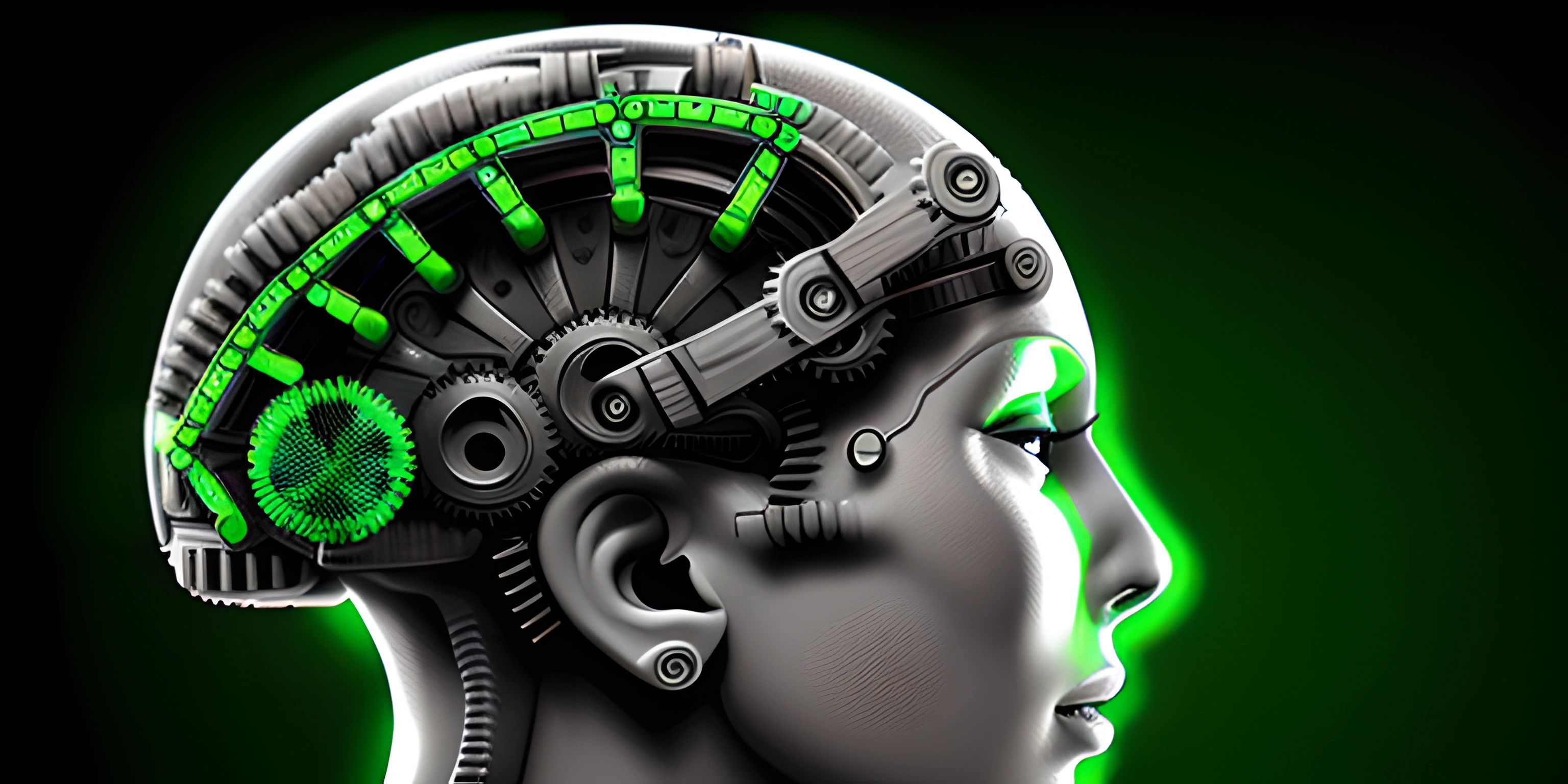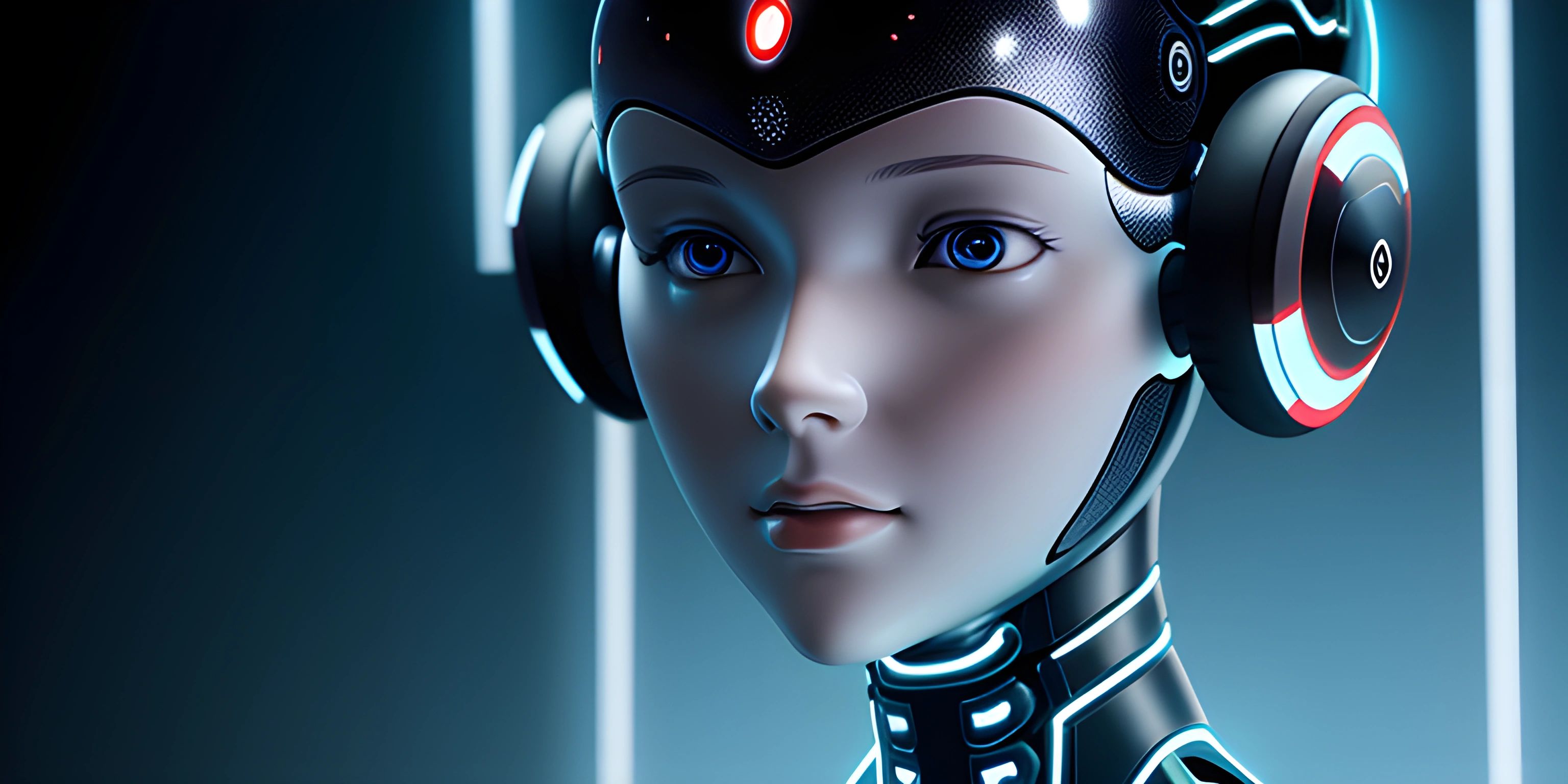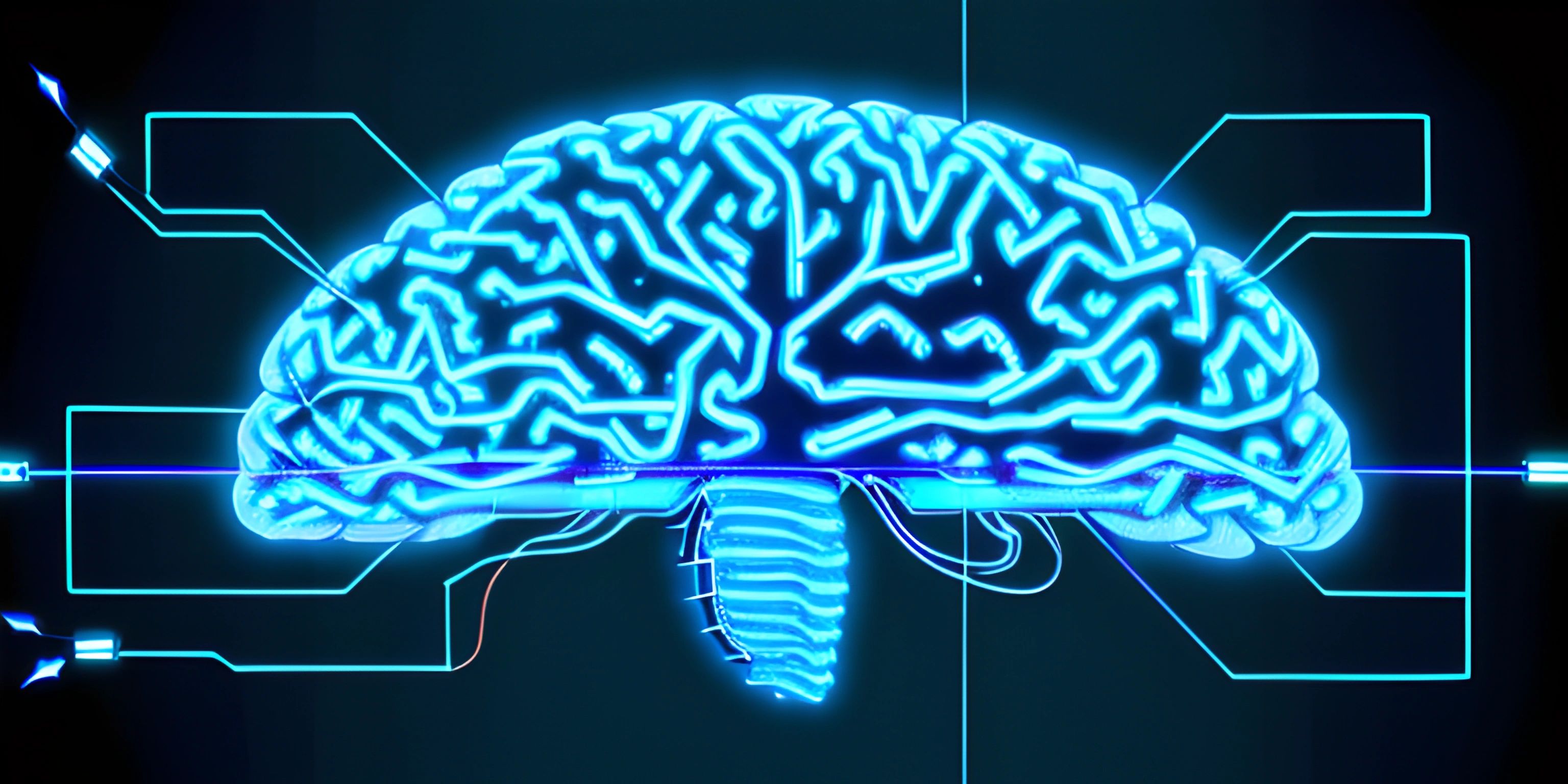Machine Learning Basics

Note: this page has been created with the use of AI. Please take caution, and note that the content of this page does not necessarily reflect the opinion of Cratecode.
Machine learning is like teaching a computer to ride a bike. You don't explicitly tell it how to balance or when to pedal; instead, the computer learns by trial and error. Eventually, it becomes an expert cyclist, leaving you in the dust. So, let's dive into the basics of machine learning, including its concepts, techniques, and real-world applications.
What is Machine Learning?
Machine learning (ML) is a subfield of artificial intelligence that enables computers to learn and make decisions without explicit programming. It's about developing algorithms that can modify themselves to improve their performance based on data they process.
Supervised Learning
Imagine a teacher guiding a student through their lessons. That's what supervised learning is like. In this approach, an ML model is trained on a labeled dataset, where the correct output is provided for each input. The model learns the relationship between the input data and the output, allowing it to make predictions on new, unseen data.
Unsupervised Learning
In unsupervised learning, the model doesn't have a teacher. It's given an unlabeled dataset and must find patterns, structure, or relationships within the data on its own. One common example is clustering, where the model groups similar data points together.
Reinforcement Learning
Reinforcement learning is like training a dog: you give it a treat for good behavior and a gentle scolding for bad behavior. The ML model learns to make decisions based on the rewards (positive feedback) and penalties (negative feedback) received during the training process.
Real-World Applications
Machine learning has a wide range of applications, touching almost every industry. Here are just a few examples:
Recommendation Engines
Websites like Amazon and Netflix use ML algorithms to provide personalized recommendations based on your browsing and purchase history. These algorithms analyze your preferences and suggest items that are similar to what you've liked in the past.
Fraud Detection
Machine learning systems can analyze large amounts of financial data to identify patterns that indicate fraudulent activity. Banks and credit card companies use these models to flag suspicious transactions, helping to protect their customers from fraud.
Self-Driving Cars
Autonomous vehicles rely on machine learning algorithms to navigate and make decisions on the road. These algorithms process data from sensors, like cameras and lidar, to recognize objects, interpret traffic signals, and avoid collisions.
Natural Language Processing
Machine learning has revolutionized the field of natural language processing, enabling computers to understand and generate human language. Applications include chatbots, sentiment analysis, and machine translation.
Machine learning is an exciting and rapidly-evolving field with seemingly limitless potential. As you dive deeper into its concepts and techniques, you'll find yourself exploring a world where computers become ever more intelligent, and the line between human and machine continues to blur.
Hey there! Want to learn more? Cratecode is an online learning platform that lets you forge your own path. Click here to check out a lesson: Async Rust (psst, it's free!).





